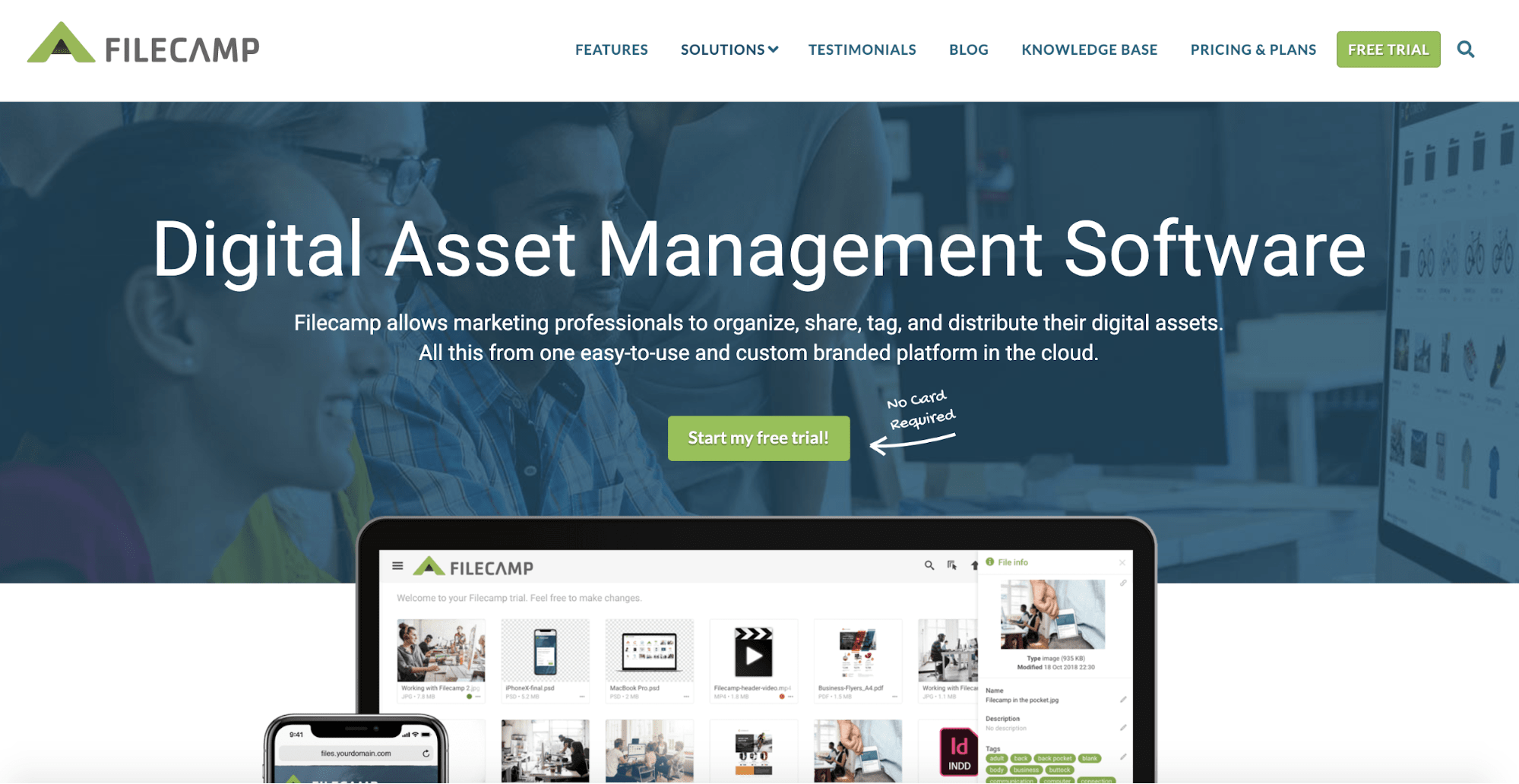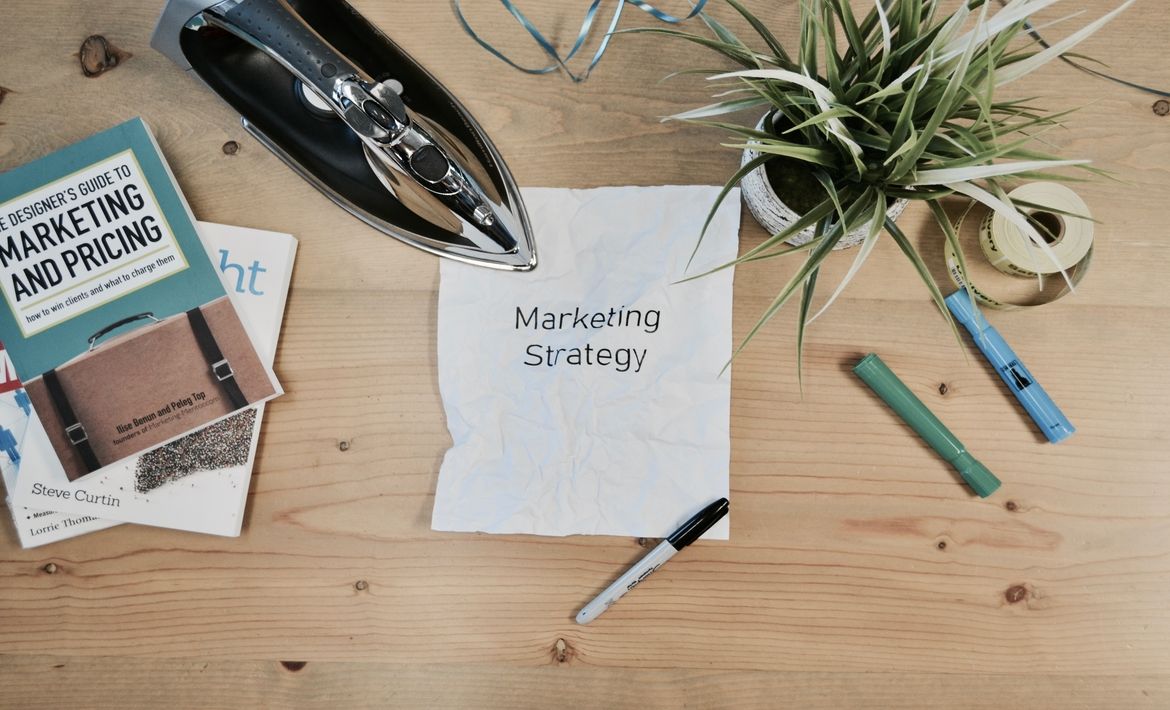This post is written by a guest author, Travis Jamison.

Travis Jamison is an entrepreneur, search engine nerd and proud parent of a pug. As founding director of Smash.vc, he invests in bootstrapped, online businesses and helps them grow.
In this article, we’ll look at some of the most effective marketing tactics SaaS companies should use going forward – as well as the biggest mistakes to avoid.
The recurring revenue model is showing no signs of slowing down in the upcoming year. Despite an economic downturn, 2020 saw SaaS spending increase by 50% compared to 2018 – a very encouraging statistic.
Businesses and consumers are still comfortable signing up for subscription services. Continued innovations in the tech landscape also mean no shortage of new, useful products entering the market.
For SaaS companies, a successful 2025 will be built, in part, on a solid marketing strategy. In this article, we're going to look at what these companies should implement and what SaaS marketing mistakes they should avoid when it comes to strategy.
The dos
Use your knowledge base as marketing content
Many SaaS products, especially those that integrate with other software tools, are intimidating to potential customers. Thin profit margins mean that SaaS companies need to attract a wide variety of users – including those that aren't particularly tech-savvy.
To these users, not understanding how they're going to get the most out of their subscription could be a genuine barrier to signing up. Questions around basic usage, integration, advanced features, and configuration will always represent some friction in the sales funnel.
An elegant way to avoid this obstacle is to put the product's knowledge base in a very visible space on its site. It's not uncommon for SaaS products to hide their usage guides and technical information from non-subscribers. This information could serve a very valuable marketing purpose.
Amazon repricer, Aura, is a great example of a company that's done this successfully. While most experienced Amazon sellers understand the importance of automatic repricing, that doesn't mean they're familiar with the complexities of a product that does it for them.
In addition to populating their website with excellent marketing material, Aura also spotlights their Help Center. Inside the primary navigation bar is a link to a generous helping of technical information, ranging from simple FAQs to third-party integration details.

Make sure you don't rely too heavily on technical content to sell the product. This is supplemental info, meant to support traditional marketing content.
Get the basics of content marketing right
Content marketing will continue to remain relevant in the coming year. Sure, its rewards take some time to reveal themselves, and companies must be willing to play the long game. But it scales beautifully, and the cost of implementation is relatively low.
Successful content marketing largely depends on providing useful information to your potential customer base. Read this sentence again. Notice how we're not saying that successful content marketing depends on selling your product.
Effective SEO and content marketing aren't only about attracting users who searched for a particular product. People search for solutions to pain points. People click on articles that offer them actionable solutions to their problems. This is the antithesis of content that's positioned for the "hard sell."
For an example of a company that understands this approach, take a look at Woven. This calendar and scheduling tool's blog isn't populated with content telling users why their product is better than their competitors'. Their focus is rather on discussing effective time management – a topic that's directly related to their product. This doesn't mean they can't casually mention their product in the content, however. A little subtlety goes a long way here.

Keyword research will also ensure that the content is primed for a great search engine rank. This is a vital component of content marketing. If Google doesn't eventually serve a Woven blog post as one of their top results, their effort in writing the article has been wasted.
Insert a step before the trial subscription
Most SaaS companies consider a trial subscription the first genuine step towards acquiring a new customer. Seeing a product solve their pain points is the most likely way to convert website visitors into paying customers.
However, getting a visitor to sign up for a trial is not as easy as many frustrated SaaS owners thought it would be. Signing up is often seen as an obstacle, as is the knowledge that there may be a cumbersome, but necessary, onboarding process.
Insert a step before the trial subscription. Using a CRM for SaaS companies can significantly streamline the process of acquiring and managing trial subscriptions, enhancing lead qualification and customer engagement.
SaaS companies who know that signups and onboarding are obstacles to getting trial subscriptions have the option to offer a "private product tour" to curious-but-hesitant users. This is, admittedly, a very high-touch marketing approach, especially considering that the best possible outcome will only be a trial subscription.
However, for SaaS companies that are operating in the B2B space or attempting to attract enterprise clients, this is a very feasible tactic.
How to use SaaS CRM to acquire and retain new users
Have a look at Forms On Fire as an example. They offer a Private Product Tour, aka a demo, for those who are not quite ready to sign up for a free trial. This allows them to qualify leads further and educate them on why their product is a great fit.

The don'ts
Don't hide your value
Landing pages that take the customer's needs into consideration are becoming increasingly important in digital marketing. Smart SaaS companies are moving away from "vanity" content that draws attention away from the most important messages. It’s best ot focus on what your product does and how your product will solve their pain-points.
This is what we mean when we say "value." Value is not the amount of time and effort that went into product development. Value isn't the quality of your support staff. Value is what your product does and why your visitor can't operate without it. Simple.
These messages must be conveyed as concisely and clearly as possible. They must be prioritized over every other visual element on your landing page. This is doubly important if the page contains a CTA that moves the visitor along the sales funnel.
Take a look at FileCamp's Digital Asset Management page, for instance. Above the fold, all the visitor sees is a headline that names the feature and a concise explanation of what it does. Scrolling down reveals more succinct information about the product's unique selling points and how it solves their target audience's pain points.

As far as landing page communication is concerned, this is customer-centricity at its finest.
Don't forget about social proof
Testimonials play an incredibly important role in selling a subscription-based service. SaaS companies rely on website visitors to see potential value and evidence that their peers have had a great experience with the product.
Credible testimonials build goodwill. They show that a company can be trusted and illustrate who the company's customers are. They also allow a visitor to draw parallels between their pain points and those of a satisfied customer.
There are many ways for a SaaS company to illustrate social proof. One of our favorites is ZenMaid's Facebook "cutouts," featuring candid, scribbled feedback from the company itself. It's an incredibly innovative way to show what customers are saying about the service, and show ZenMaid's sincere appreciation of the feedback.

This humanizes the company, builds trust, and buys enormous goodwill from potential customers.
Don't forget about the human touch
Marketing experts in the tech space are justifiably excited about automated interaction in the marketing funnel. This section isn't meant to discourage you from exploring these options. Automated interaction has its place, and it will only become more effective as AI tech evolves.
However, there's something very real to be said for person-to-person contact at certain points in the marketing or sales process. One of the most obvious places to stimulate a conversation with a potential customer is right at the top of the marketing funnel, before a visitor can even be considered a lead.
People who arrive at a particular page on your website have shown interest in a function or subject relating to your product. At this point, a chat mechanism manned by an actual human could prove priceless.
Take a look at Time Tackle for a good example of this strategy. By implementing a chatbox on one of their site's specific pages, a salesperson will know the customer's needs since they clicked on a particular link to arrive there. A human knows the reasons why a visitor would have arrived at this page. A human knows the visitor's likely pain points and can use this info to have a meaningful conversation about it.

Once a visitor initiates a chat, an experienced salesperson, familiar with how to sell the product, has the power to instantly qualify a lead, if not trigger an immediate conversion.
There's no need to reinvent the wheel when it comes to marketing a SaaS company in 2025. What's worked for the past number of years will continue to work for the foreseeable future.
As the leader in an Saas business, your challenge isn't in devising new marketing strategies, but rather ensuring that those you choose are implemented properly.
Marketing plays an incredibly important role in the SaaS world. Focus on excelling at the basics, and success will follow.
Table of Contents
Crack the sales formula with CRM Lab
Twice a month, receive actionable CRM content to your inbox.


